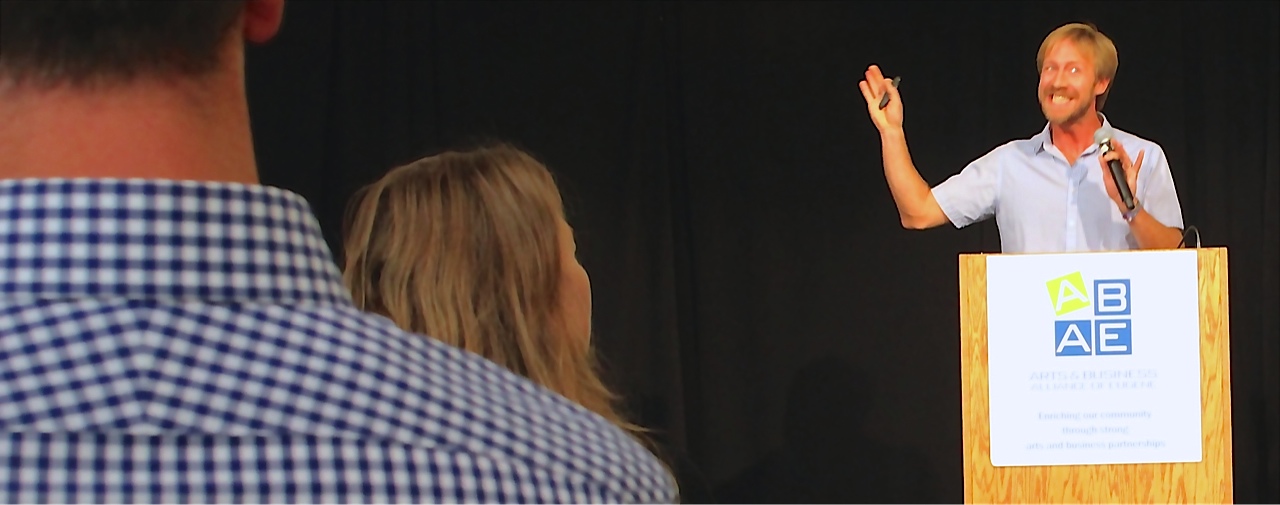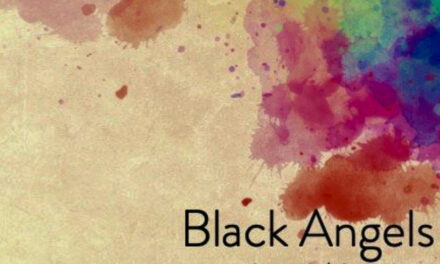By Daniel Buckwalter
(#commonmanatthesymphony)
The Eugene Symphony Orchestra on Dec. 12 gave the holiday gift of a rousing sendoff to this Christmas season, and the patrons enjoyed every minute of it.
Special thanks for the gift — and a respectful bow — go to the organ and the piano.
The organ shone during Camille Saint-Saëns’ Symphony No. 3 in C minor, known as the “Organ” Symphony and the signature piece of the night. Before that, the piano had its turn with guest pianist Aristo Sham leading the orchestra in Sergei Prokofiev’s Piano Concerto No. 3 in C Major.
Both pieces left the audience at the Hult Center’s Silva Concert Hall on their feet. The audience, which filled roughly three-fourths of the hall, was deeply appreciative, although perhaps wanting more from Sham after his performance. I suspect he had nothing left in the tank after nearly 30 minutes of careening breathlessly from one end of the keyboard to the other.
Sham, a 21-year-old native of Hong Kong, was flawless from start to finish, nailing all three movements of Prokofiev’s work (finished in 1921). It looked effortless. With the exception of a particularly fierce rush in the second movement, Sham’s fingers seemed merely to graze the keyboard.
Yet every note — hard or soft, swift or melodic — crisply resonated. Sham was in command of the work.
He started the piano at age 3 and joined the Hong Kong Academy for the Performing Arts at age 6. Sham has won numerous awards, traveled the globe, and been hailed ever since as a prodigy in the making.
There’s no pressure with that (joking), but Sham already looks comfortable on the stage and in the spotlight. I look forward to hearing more from him in the years to come.
After intermission came the “Organ” Symphony. With the organ as the featured instrument, Saint-Saëns’ two-part, four-movement symphony (composed in 1886) is at once forceful and delicate.
Its delicacy could be heard at the end of Part 1. I had the sense of standing on a beach at the ocean’s low tide, waves quietly touching my toes. It was serene.
Three or four members of the audience felt the same way, I suspect, and started to clap. I understood.
The guest conductor of the evening, Andrew Grams of the Elgin (Illinois) Symphony, turned to face the audience, bowed slightly, and smiled. He pointed to the musicians of the Eugene Symphony as if to say, “Wait, there’s more.” The audience laughed.
There was more, too. The fourth movement begins with a jarring entrance from the organ. Even if you expect it, and I did, it still is a jolt. You’re ready for the finale to come.
Add to it the twin pianos and the rush of strings, brass and percussion at the end, and the Organ Symphony’s finale is one to cherish. It received the standing ovation it deserved.
Grams came to Eugene on Thursday after the scheduled guest conductor, Jessica Cottis, had to withdraw after sustaining an unspecified injury. Still, no one seemed to miss a beat. It was a wonderful way to close out the calendar year.
The Eugene Symphony Orchestra resumes on Jan. 23 with a concert devoted to Johannes Brahms and Jan Sibelius.
Eugene Syphony: Still to come
January 23 — Brahms & Sibelius
• Missy Mazzoli: Sinfonia (For Orbiting Spheres)
• Jan Sibelius: Violin Concerto
• Johannes Brahms: Symphony No. 2
February 13 — Kahane Plays Beethoven
• Ludwig van Beethoven: Piano Concerto No. 4
• Robert Schumann: Symphony No. 4
• Gioacchino Rossini: Overture to Semiramide
March 19 — Rachmaninov’s Second
• Tan Dun: Secret of Winds and Birds
• Matt Browne: Symphony No. 1 (PNW Premiere, Eugene Symphony Co-Commission)
• Sergei Rachmaninov: Piano Concerto No. 2
April 23 — Beethoven’s Fifth
• Paul Hindemith: Symphonic Metamorphosis on Themes of Weber
• Jennifer Higdon: Viola Concerto
• Gabriel Fauré: Pavane
• Ludwig van Beethoven: Symphony No. 5
May 14 — Bolero
• Richard Strauss: Don Quixote
• Edward Elgar: Enigma variations
• Maurice Ravel: Bolero








